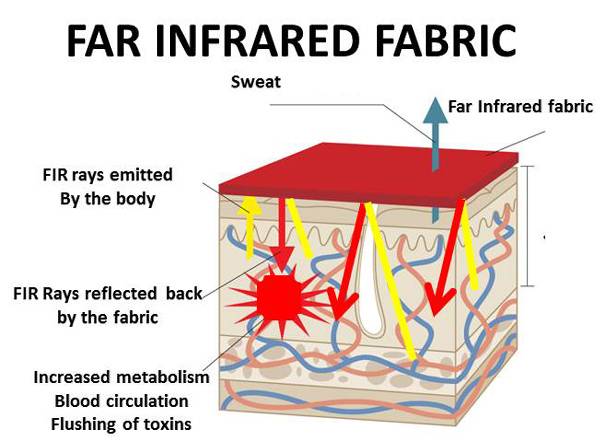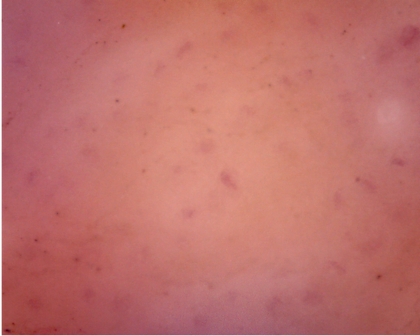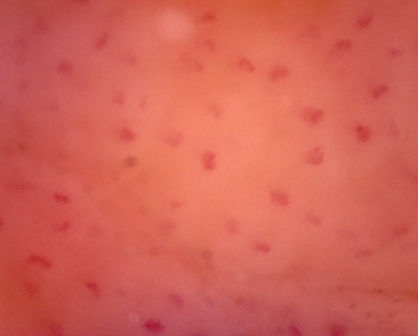In today’s fast-paced world, many of us are experiencing various health issues. Stress, lack of sleep, poor circulation, and muscle tension have become common problems. These issues can significantly impact our daily lives, affecting our productivity and overall well-being. But what if there was a simple solution that could help address these concerns? Enter far infrared fabric – a revolutionary textile technology that’s changing the game in health and wellness.

Far infrared (FIR) fabric is not your ordinary textile. It’s a specially designed material that emits far infrared rays, which are a type of light wave invisible to the human eye but can be felt as heat. These rays penetrate deep into our body tissues, offering a range of potential health benefits.
You might be wondering, “How can a piece of fabric do all that?” The secret lies in the special fibers used to create these fabrics. Some innovative yarn manufacturers have developed fibers that can emit far infrared rays. For example, volcanic mud fiber and graphene fiber are two such materials that have shown promising results in FIR emission.
Volcanic mud fiber, in particular, has gained attention for its unique properties. This fiber is created by incorporating volcanic mud into the textile manufacturing process. The resulting fabric not only emits far infrared rays but also offers other benefits like moisture absorption and antimicrobial properties. The volcanic mud used in these fibers contains various minerals that are believed to have beneficial effects on the human body.
Graphene fiber is another exciting development in the world of FIR fabrics. Graphene, a single layer of carbon atoms arranged in a hexagonal lattice, has been found to absorb and reflect up to 40% of far infrared radiation. When incorporated into textiles, it creates a fabric that emits FIR and provides additional benefits like antibacterial properties and antistatic effects.
Now, let’s dive into why we need far infrared fabric in our lives. The potential benefits of FIR technology are numerous and backed by scientific research.

Improved Circulation: One of the primary benefits of far infrared rays is their ability to improve blood circulation. A study published in the Journal of Complementary and Integrative Medicine found that FIR therapy increased blood flow and improved vascular endothelial function. This improved circulation can help reduce muscle tension, alleviate pain, and promote faster recovery after physical activity.
Pain Relief: Far infrared therapy has shown promise in pain management. A review published in the journal “Pain Research and Management” highlighted several studies where FIR therapy helped reduce chronic pain conditions, including lower back pain and rheumatoid arthritis. The deep penetration of FIR can help relax muscles and reduce inflammation, leading to pain relief.
Better Sleep Quality: If you’re struggling with sleep issues, FIR fabric might be worth considering. A study in the Journal of Athletic Training found that far infrared emitting sheets improved sleep quality in athletes. The gentle warming effect of FIR can help relax the body and mind, potentially leading to better sleep.
Skin Health: Far infrared rays may also benefit your skin. Research published in the journal “Yonsei Medical Journal” suggested that FIR therapy could improve skin texture and reduce wrinkles. The increased circulation and cellular activity promoted by FIR may contribute to healthier, more youthful-looking skin.
Detoxification: Some studies suggest that far infrared therapy may aid in detoxification. A study in the Journal of Environmental and Public Health found that sweating induced by FIR therapy helped eliminate toxic elements from the body. While more research is needed in this area, there is an exciting potential benefit to FIR fabrics.1
Cardiovascular Health: Far infrared therapy has shown potential benefits for heart health. A study published in the Journal of Cardiology found that repeated FIR sauna treatments improved cardiac function and reduced the incidence of heart failure in patients with chronic heart failure. While wearing FIR fabric is not the same as sauna therapy, it suggests the potential cardiovascular benefits of FIR exposure.2
Muscle Recovery: Athletes and fitness enthusiasts might find FIR fabrics particularly beneficial. A study in the Journal of Athletic Training found that FIR therapy helped reduce muscle soreness and improve recovery after intense exercise. This could mean less downtime between workouts and improved athletic performance.3
Stress Reduction: The gentle warming effect of FIR can help promote relaxation and reduce stress. While more research is needed specifically on FIR fabrics, studies on FIR therapy have shown promising results in stress reduction and mood improvement.

Given these potential benefits, it’s clear why far infrared fabrics are gaining popularity. From everyday clothing to specialized athletic wear, bedding, and even medical textiles, the applications of FIR fabric are vast and varied.
It’s important to note that while the research on FIR therapy is promising, more studies are needed to fully understand the long-term effects and optimal use of FIR fabrics. As with any health-related product, it’s always a good idea to consult with a healthcare professional before making significant changes to your routine.4
In conclusion, far infrared fabric represents an exciting intersection of textile technology and health science. By harnessing the power of far infrared rays, these innovative materials offer a passive yet potentially powerful way to support our health and well-being. As we continue to seek solutions for common health issues in our busy lives, FIR fabrics stand out as a promising option. Whether you’re an athlete looking for better recovery, someone dealing with chronic pain, or just someone wanting to improve their overall well-being, far infrared fabric might be worth considering. The future of textiles is here, and it’s working to keep us healthier, one thread at a time.
Reference data:






